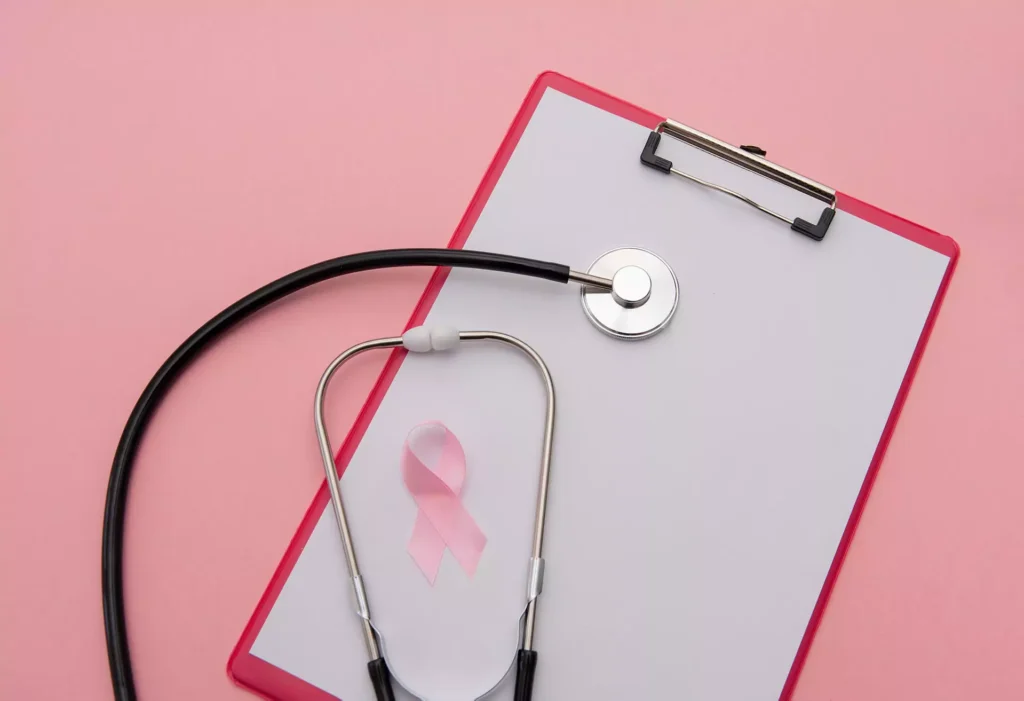BREAST CANCER: EARLY DIAGNOSIS AND SCREENING METHODS
Breast cancer is the most common cancer among women today. It is expected to occur in 1 out of every 8 women over the age of 40. Factors such as having a family history of breast cancer, early onset of menstruation, late menopause, few or no pregnancies, hormone treatments, and exposure to environmental chemicals increase the risk of breast cancer. Given the frequency of breast cancer, the importance of early diagnosis is heightened. Fortunately, we have effective methods for early detection. Among these methods, self-breast examination and clinical breast examination are the first steps to begin after the age of 25.
Self-breast examination is a crucial method that every woman over the age of 25 should know and practice. It helps women become familiar with the structure of their breasts and enables them to consult a doctor if any changes are detected.
Clinical breast examination, on the other hand, is conducted by a healthcare professional. It is recommended annually for women at high risk of breast cancer over the age of 25.
Mammography is the gold standard for breast cancer screening, and diagnostic mammography can be performed at any age depending on indications. In cases of suspicious findings, diagnostic mammography should be performed starting from age 25, based on the patient’s condition, with routine mammography advised annually after the age of 40. The National Breast Cancer Screening Standards prepared by the Turkish Ministry of Health recommend screening mammography every two years for women between the ages of 40 and 69. The Turkish Society of Radiology suggests beginning annual mammographic screenings at age 40. Both organizations agree that all women over the age of 40 should undergo mammography for breast cancer screening.
Breast ultrasound is another frequently used complementary method to mammography in breast cancer screening. Since ultrasound does not involve radiation, it is safe for use in women under the age of 40, as well as in pregnant and breastfeeding women. It is also recommended for the evaluation of dense breast tissue in women over 40. For women aged 25 to 40, ultrasound is the first recommended test in cases of palpable lumps, breast pain, or changes in shape or color, following a doctor’s examination.
Breast Magnetic Resonance Imaging (MRI) may be needed for women over 40 in situations where mammography and ultrasound cannot provide a definitive diagnosis or when a final decision before biopsy is required. Some sources recommend regular MRI screening for high-risk patients or BRCA gene mutation carriers starting after the age of 25.
Breast cancer is a highly treatable type of cancer when diagnosed early. Early detection and treatment significantly improve a patient’s quality of life. While mammography remains the indispensable method for women over 40, the necessity of other methods should be determined individually by the patient and doctor. In conclusion, “Early detection saves lives,” and breast health should never be neglected…
- Uzm. Dr. Türkan Düz
- Radiology Specialist









